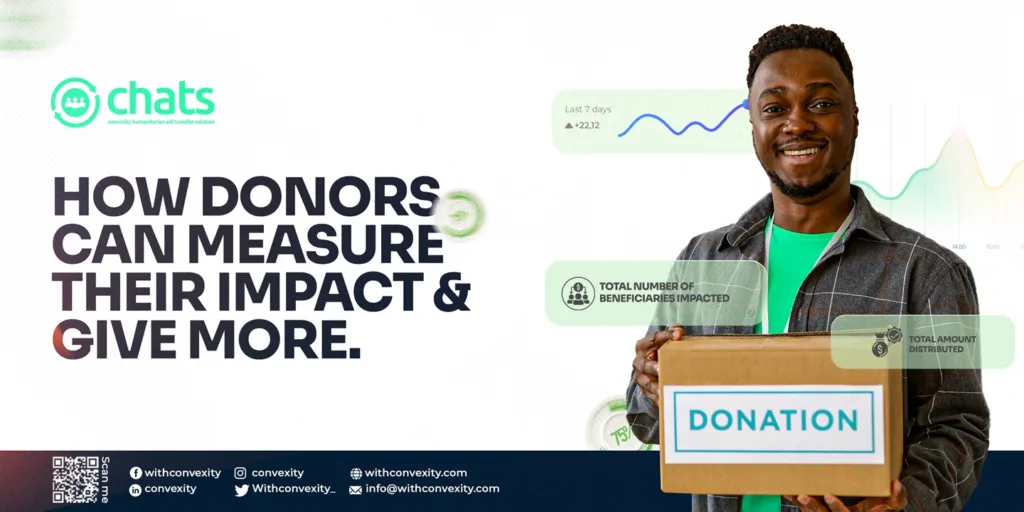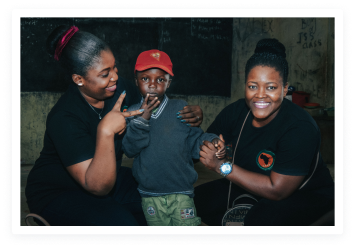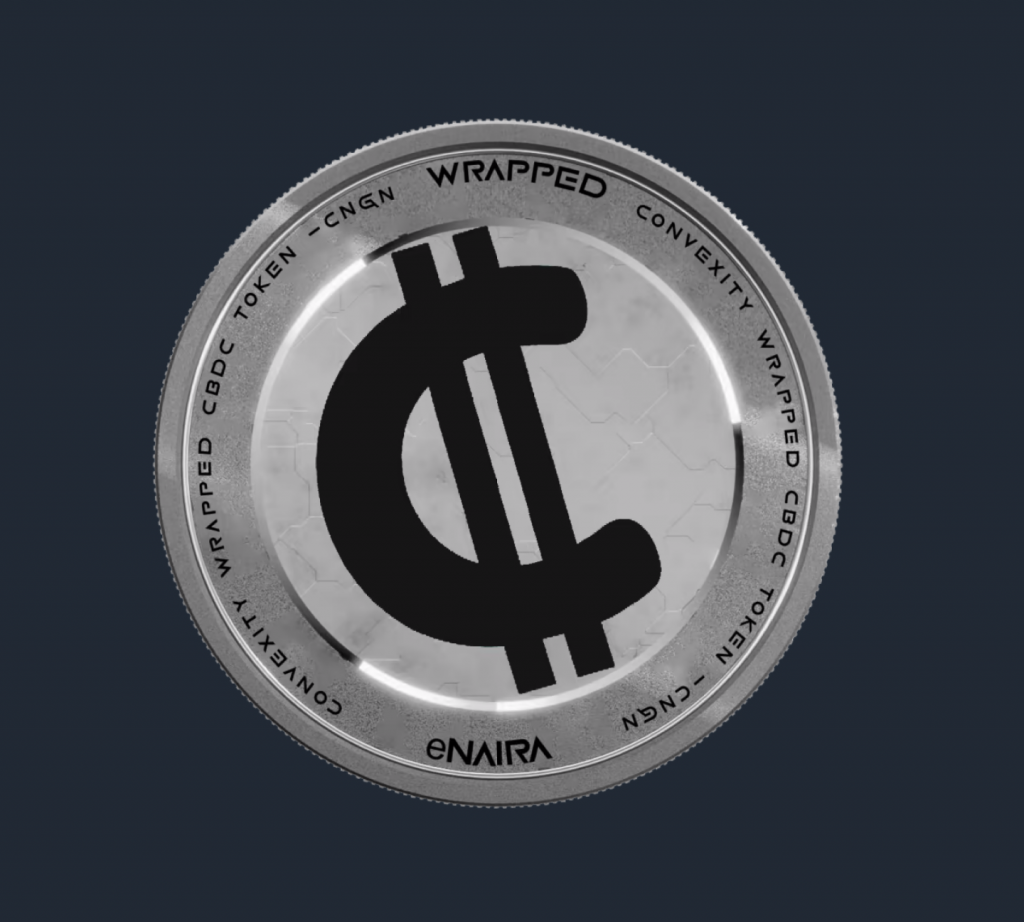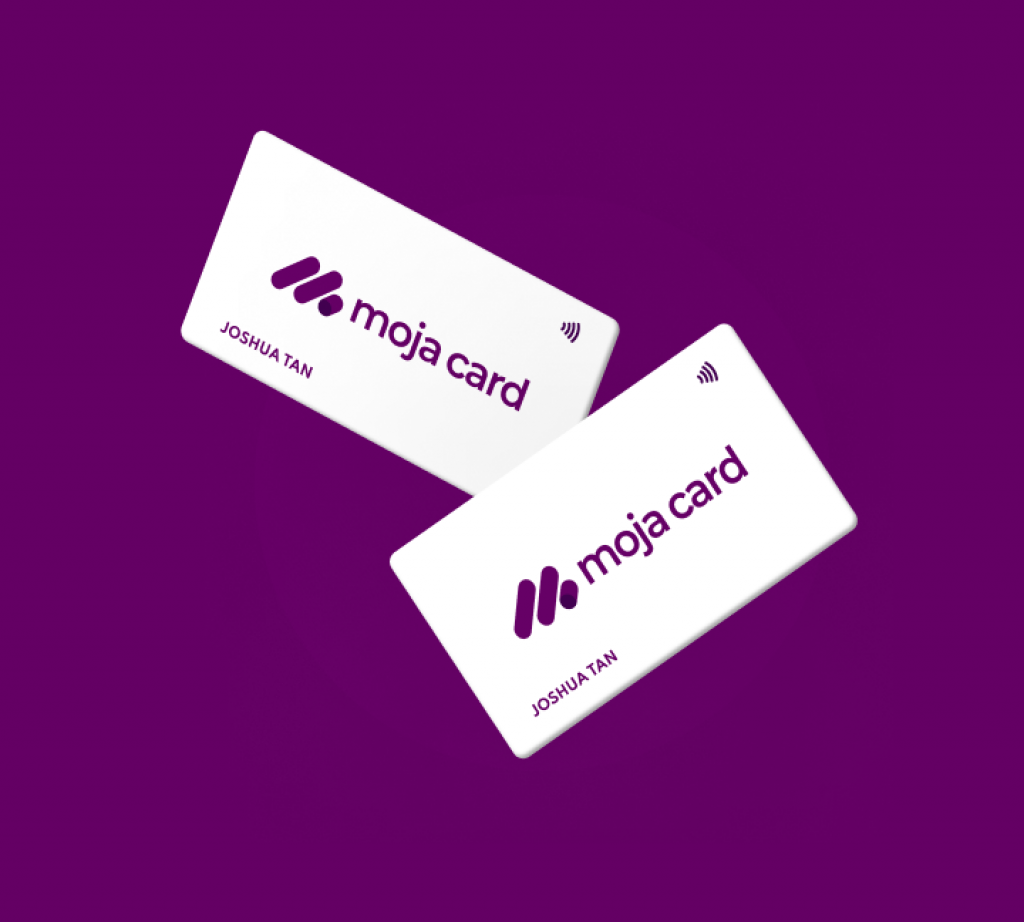
Winston Churchill is quoted as having said, “We make a living by what we get. We make a life by what we give.” Indeed, donating is a beautiful art with the fruits of fulfillment and a positive, meaningful impact. Those who give in to this strength understand what it means to make a difference and seek to do just that. The only problem is that many funding processes are designed to siphon donated funds, making the efforts of donors useless and impeding the process of offering succor to humanitarian situations.
Who are Donors?
Donors are individuals, organizations, or entities who provide material support for a good cause, especially towards a charity. Donations are typically made in cash. However, it is also possible to donate in kind. This involves giving anything other than money, such as foodstuff, clothing items, toiletries, etc. Whether you donate in kind or in cash, what really matters is that you are giving willingly and without the expectation of any benefit or returns.
Types of Donors
1. Prospective Donors
Prospective or potential donors are people who have not made any donations so far but hold a high potential to do so. These individuals are usually related to active or one-time donors. They may also be people who have shown interest in activities surrounding donations or donor institutions.
Since potential donors are likely to someday become active donors, it is necessary for NGOs and other humanitarian institutions to perform close follow-ups through reports, newsletters, and other forms of updates.
2. Mass Donors
Mass donors are regular, everyday individuals who make infrequent or low to medium donations that are between $5 and $250 in value. These sets of individuals make up the highest volume of donors in any humanitarian space.
A typical address to mass donors usually goes without any form of personalization. Most often, they are reached through mass marketing activities or messages that simply sell the notion that a donation is impactful no matter how small.
NGOs need to change their unpersonalized messaging approach when dealing with mass donors. Doing this will help build a sense of fulfillment and prompt them to be more engaging.
3. Major Donors
The term major donors refers to individuals who are capable of making large-sum donations to charities and non-governmental organizations. These individuals make up a far lesser volume of donors compared to minor donors. In addition, they usually hold a close relationship with the institutions or beneficiaries they donate to.
According to statistics, major donors are responsible for over 80% of all donations received by charity organizations. Their donations are usually within the range of $5,000 and $25,000.
Communicating with these types of donors requires personalized proposals and a very conscious effort to build and maintain a relationship. The opinions and perspectives of major donors must be introduced into their communication.
4. Corporate Donors
Corporate donors are corporate organizations that engage in charitable donations. Most often, these corporations have a philanthropic arm through which they contact, fund, and assess humanitarian bodies or projects.
Corporate bodies are known to make large sums of donations. However, this usually comes with a request for exposure or marketing activity, publicizing who they are and what they have done.
5. Legacy Donors
Legacy donors refer to donors who are associated with future or planned donations, gifts, or benefits. These gifts are known as bequests. They are included in a will or trust and can come in the form of charities, securities, insurance, artifacts, land, or other properties.
Typically, legacy donors look to make a name for themselves by creating or maintaining a reputation after their passing. It is not unusual to see them donate hefty sums, very high-quality accessories, and luxurious properties.
Both mass and major donors can become legacy donors. Out of these two, it is the major donors who have the most tendency to leave a gift or donation in their wills. This knowledge should direct non-profits to build a strong relationship with major donors. In addition, these institutions need to craft their communication around the advantages of well-planned bequests in easing the financial burdens of the receiver or beneficiary, and indicating express amounts of care and love from the donor.
6. Foundation Donors
Foundation donors are largely different from the aforementioned types of donors. They are non-governmental organizations – like the ones that receive donations and coordinate humanitarian or aid distribution activities.
Taxation laws apply to these organizations. But rather than pay taxes to the government, foundation donors send their payments to charities or other non-governmental organizations. Doing this promotes and also increases the capacity and reach of fellow NGOs. In return, it allows these unique donors to retain a tax-free status.
Communication between not-for-profits should be easy since both organizations have an idea of their operations and activities.
How Donors Make Donations
Online Donations:
Making online donations can happen in two ways.
- Website Donations: Organizations sometimes set up their official websites as a channel for donors to make secure online donations using credit/debit cards or other online payment methods. Having this feature on an organization’s website might increase donation rates since donors can see projects and assess the perspectives, mission, or vision.
- Donation Platforms:Donors can make use of standalone platforms such as PayPal, Stripe, and FlutterFlow to donate to ongoing campaigns and activities.
Bank Transfers:
Donors may go for direct bank transfers when making donations to an organization. This option is perceived as an immediate and less complex way of donating and is often associated with larger donations.
Cheques or Money Orders:
Certain donors still have a preference for more traditional methods of payment such as cheques and money orders. Humanitarian organizations can simplify this process by providing instructions for the donor either through direct, personal conversations or through a general communique.
Text-to-Give:
Another method of making donations is through text-to-give. This involves donors sending a specified keyword message to a particular number. The text message will indicate the value of their donation in figures, and this will automatically be added to their upcoming mobile phone bill.
Cryptocurrency Donations:
The widespread use of cryptocurrencies for financial transactions simply means that not-for-profits can also receive digital asset donations in the form of Bitcoin or Ethereum.
In-Person Donations:
Humanitarian organizations and not-for-profits erect country offices to access and serve several different regions. Donors can make their contributions in person by visiting a country office or other designated donation centers.
Peer-to-Peer Fundraising:
Fundraising among donors also exists. Using this method, donors create campaign pages or events that their friends or family can access/attend to contribute. Peer-to-peer fundraising can be very effective for acquiring large-sum donations.
Donation Apps:
There are websites, there are platforms, and there are donation apps. These organization-owned applications give donors the convenience of making donations from their smartphones or tablets. Creating a donation app might increase the connection between a donor and a not-for-profit and, therefore, increase the value of their donation.
Corporate Matching Programs:
Corporate matching programs involve companies working with donors to provide donations of equal amounts. This method of donating doubles the value of money contributed.
Automated Recurring Donations:
Donors can arrange to have a fixed amount of money automatically deducted from their account towards a donation. They will have to determine the frequency of this recurring donation in weekly, monthly, quarterly, or annual intervals.
How Donors Measure Impact
Measuring impact can be tricky. However, it generally boils down to comparing baselines, targets, and benchmarks. The aim of measuring impact is to ensure that donor activities yield positive results.
Here are common ways donors measure impact:
Outcome and Output Metrics:
Donors use the outcome metric to assess intended changes or improvements, such as better living conditions, increased awareness, and positive changes in behavior.
Donors use the output metric to measure quantitative results from their project or program, such as the number of people served, the quantity of goods distributed, or the completion of specific milestones.
Key Performance Indicators (KPIs):
Key Performance Indicators or KPIs are donor-defined objectives that indicate progress or success in a donation campaign. It is important that KPI objectives are clear and measurable.
Surveys and Feedback:
Campaign impact can be quickly and clearly measured through surveys, interviews, and focus group discussions with beneficiaries. This method of measuring impact can reveal hidden challenges, successes, or beneficiary perceptions.
Case Studies and Success Stories:
Case studies and success stories are narratives of real-world experiences. They offer qualitative insights into very specific instances and the qualitative impact of donor contributions and funding initiatives.
Financial Accountability and Transparency:
The accountability and financial transparency of not-for-profits and non-governmental organizations directly influence how a campaign turns out and whether beneficiaries receive all their allocated funds or not. Donors will try to measure this transparency value as a way of confirming if the perceived impact of the project holds any water.
Independent Evaluations:
Another way of measuring the impact of a donation is by hiring third-party or stand-alone evaluators. These experts are carefully selected to be people who are not affiliated with campaign coordinators or beneficiaries. Their neutrality enables them to make unbiased impact reviews.
Long-Term Sustainability:
Donors want to put their money into campaigns that are far-reaching and have long-term impacts. The sustainability of an initiative makes it all the more satisfactory.
Comparative Analysis:
Different projects typically have varying outputs and outcomes. This could be in terms of overall project success or the improvement brought about by the campaign. Donors can perform comparative analysis to weigh the impact of their campaign against that of others, effectively informing future decisions.
Social Return on Investment (SROI):
SROI, which means Social Return on Investment, is a method that measures the social, environmental, and economic value produced by a campaign. SROI looks beyond monetary or financial returns to deliver a more holistic view of impact.
Technology and Data Analytics:
Technology and the science of data analytics offer an avenue for donors to collect and process large datasets, gaining unprecedented insights into the impact of a contribution and reducing decision-making time.
Adaptive Learning:
Donors may build a habit of adaptive learning. This promotes the idea of continuous learning and improvement since the circumstances surrounding a project are subject to change.
Why Use CHATS
CHATS stands for “Convexity Humanitarian Aid Transfer Solution”. It is an innovative application designed to ensure that donor concerns are all taken care of, with minimal involvement from them. Here is what you stand to gain by using the application for your donations.
Ease of Making a Donation:
CHATS makes it super easy for donors to live their passion. They can start a donation project or contribute to an existing project, all with the press of a button. The CHATS application is also easily available for download from the Android PlayStore.
Complete Visibility on Contributors, Donated Amounts, and Fund Disbursement:
Donors can now say goodbye to blind and unnerving donations to their fundraising projects. With CHATS, project or campaign owners have a view of the number and identities of donors and can block or restrict specific individuals from making donations.
In addition, the application allows donors to view the movement of donated funds up to the time when they are disbursed to beneficiaries.
Immutable Financial Records:
Donations made using CHATS feature the storage of records and transaction details on a blockchain. This offers an edge over regular applications as CHATS donors are not exposed to manipulated campaign results.
Automatic Reporting:
The CHATS application features automatic reporting, enabling donors to better assess their campaigns. The auto-generated report typically includes a detailed summary of donation values, campaign activities, and program reach or impact.
Conclusion
Understanding donor diversity and communicating appropriately are two key instruments for navigating funding challenges from the organization’s side. On the other hand, the ease of making donations and complete transparency in aid distribution processes is all a donor usually asks for.
All of these pain points are well known. Unfortunately, they are still very much unaddressed despite the number of available donation-related applications and the rising occurrence of humanitarian situations across the globe.
CHATS covers these lapses by providing organizations with clear donor details to guide their communication and aid project planning, and offering donors live project updates and comprehensive reports to foster trust and improve impact assessment. What’s more, the application does this seamlessly, ensuring that time lapses in the delivery of information do not occur.
You can order a free demo of our innovative humanitarian solution to see how it fits with your activities or program plan. Reach out to us at INFO@CHATS.CASH or send a WhatsApp message to 09095502060, and we will be happy to discuss further.









